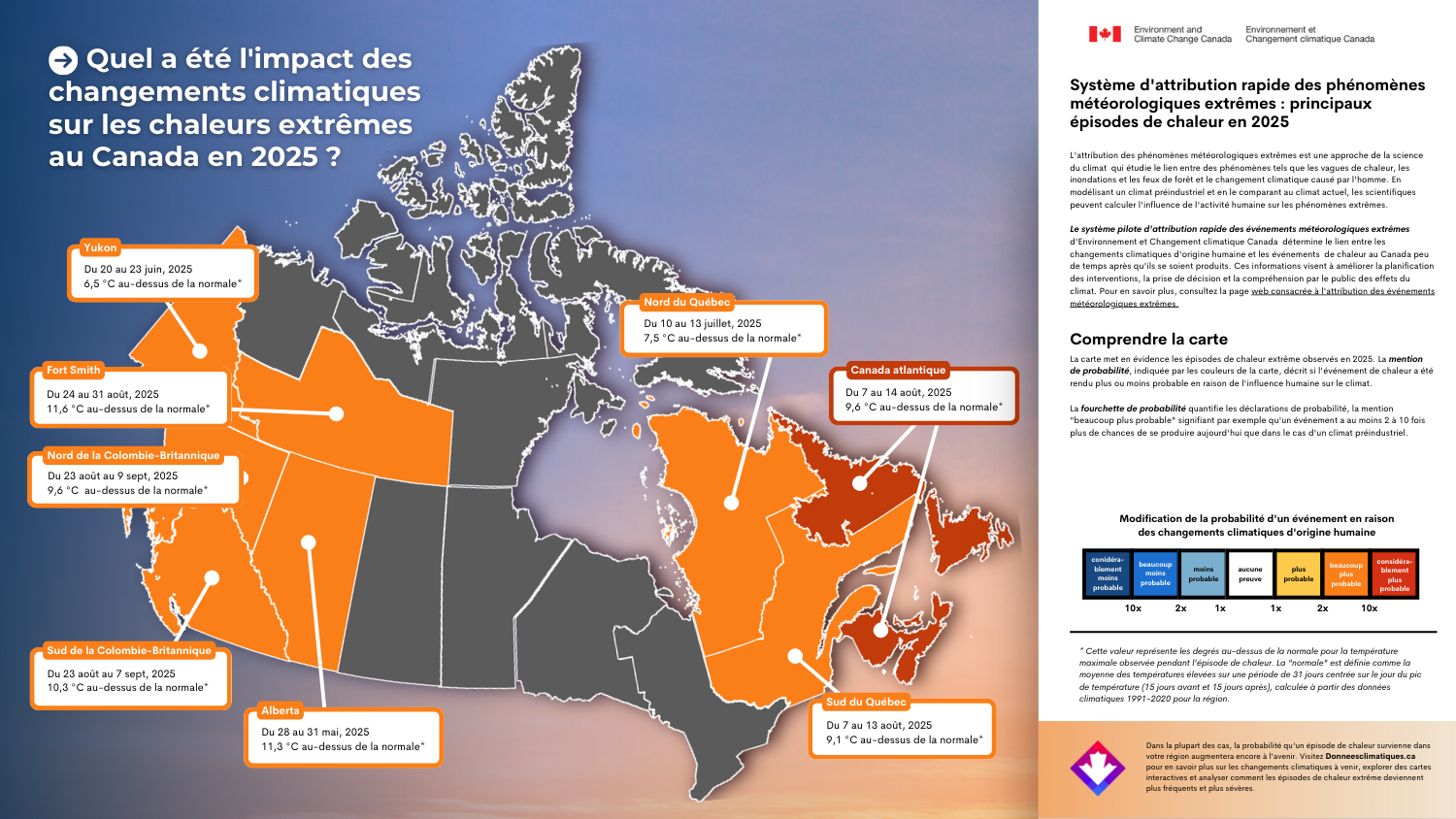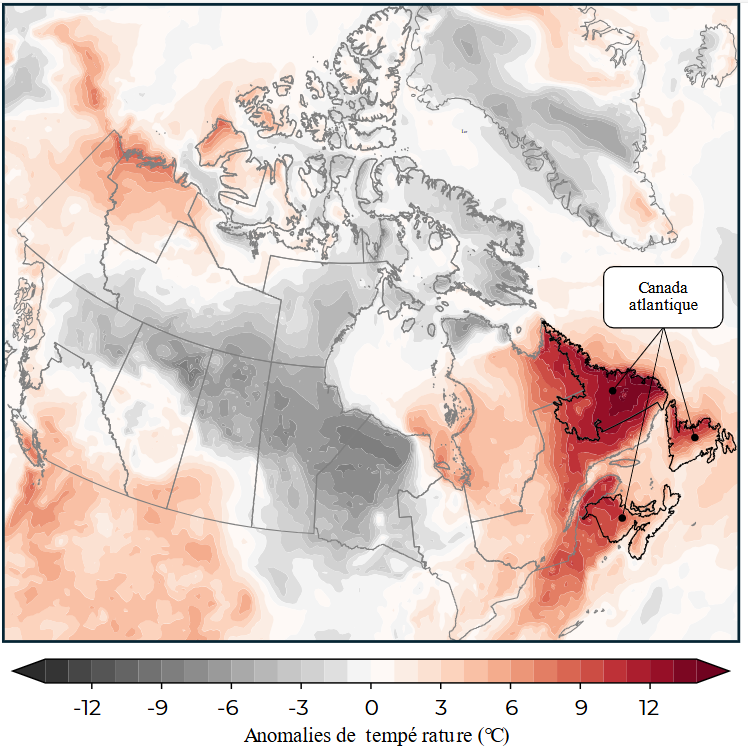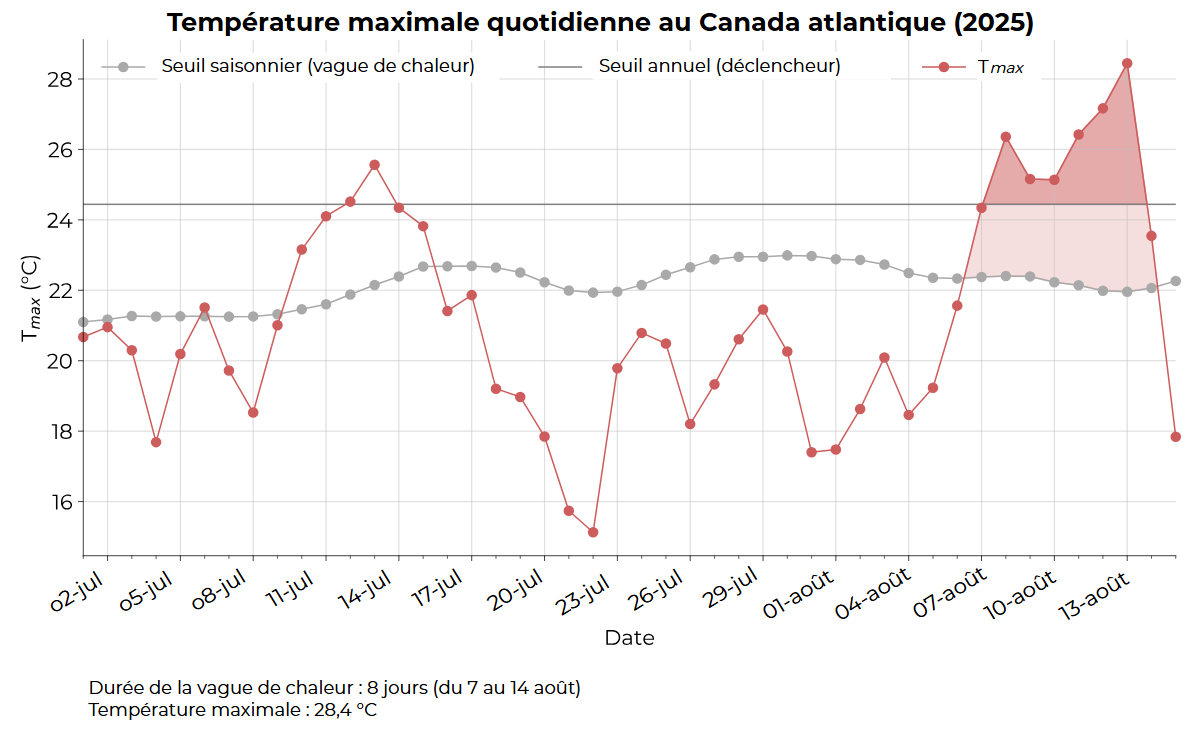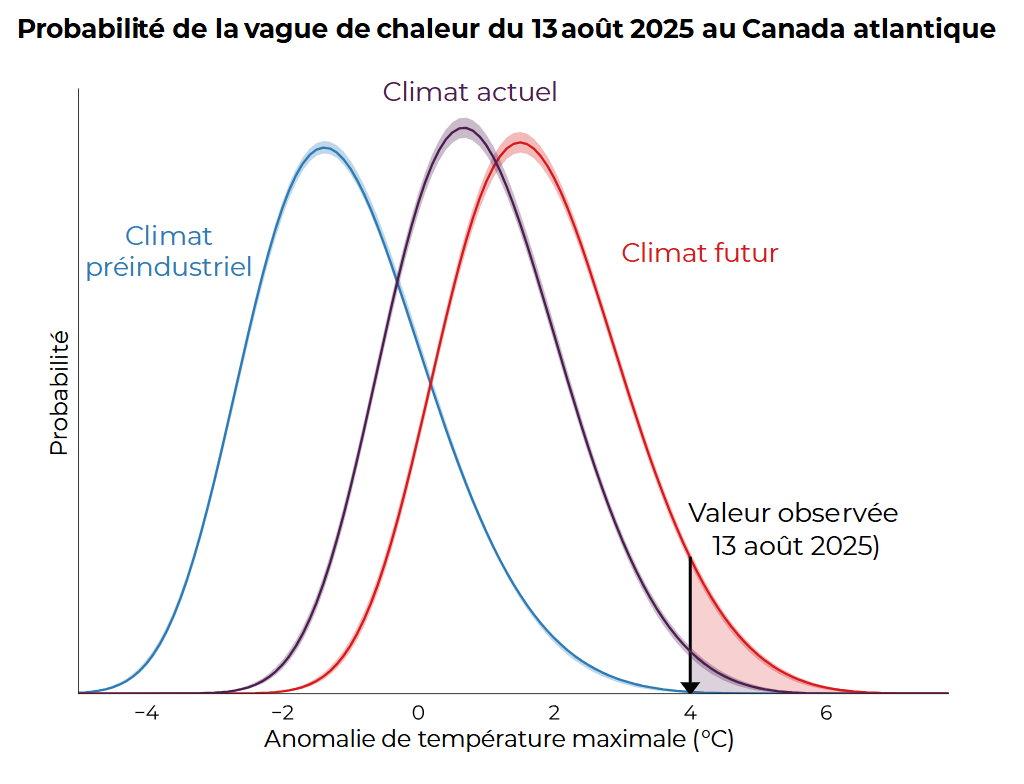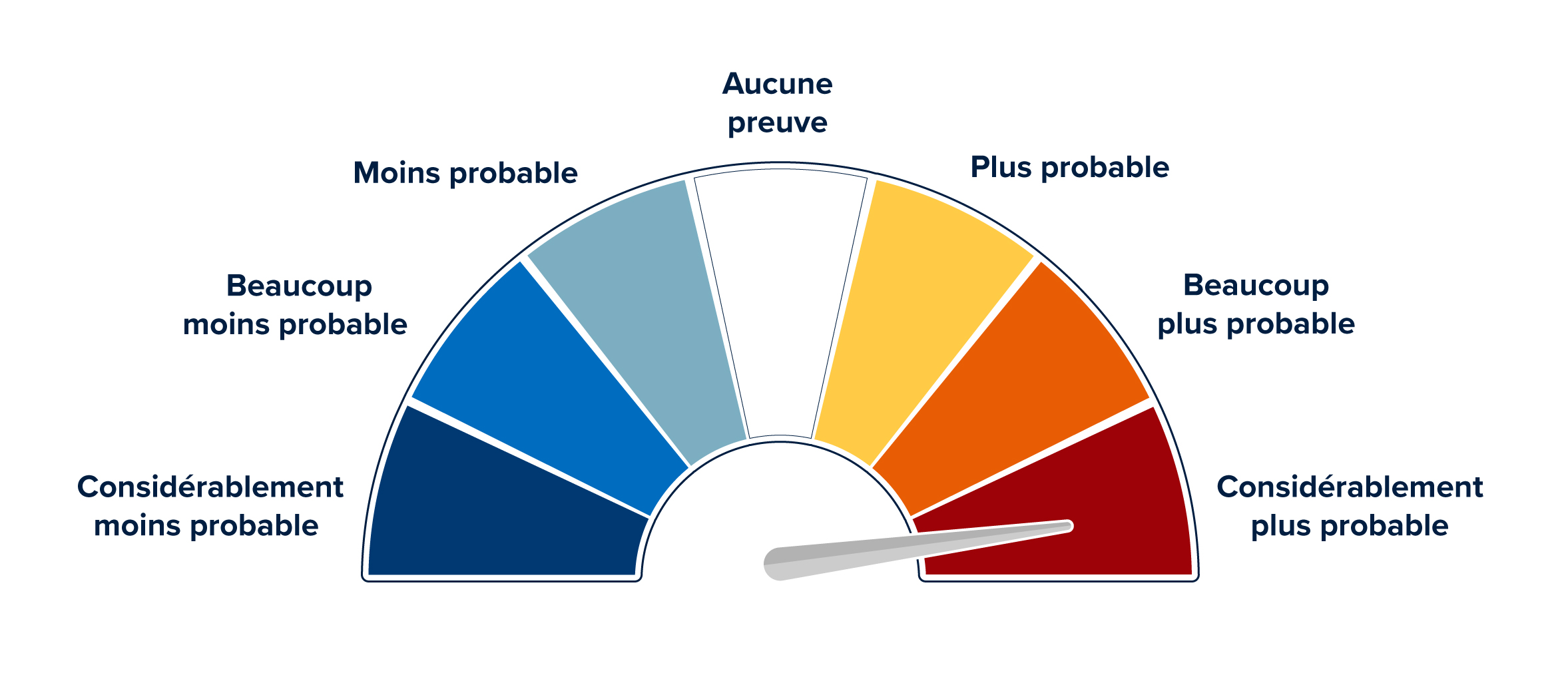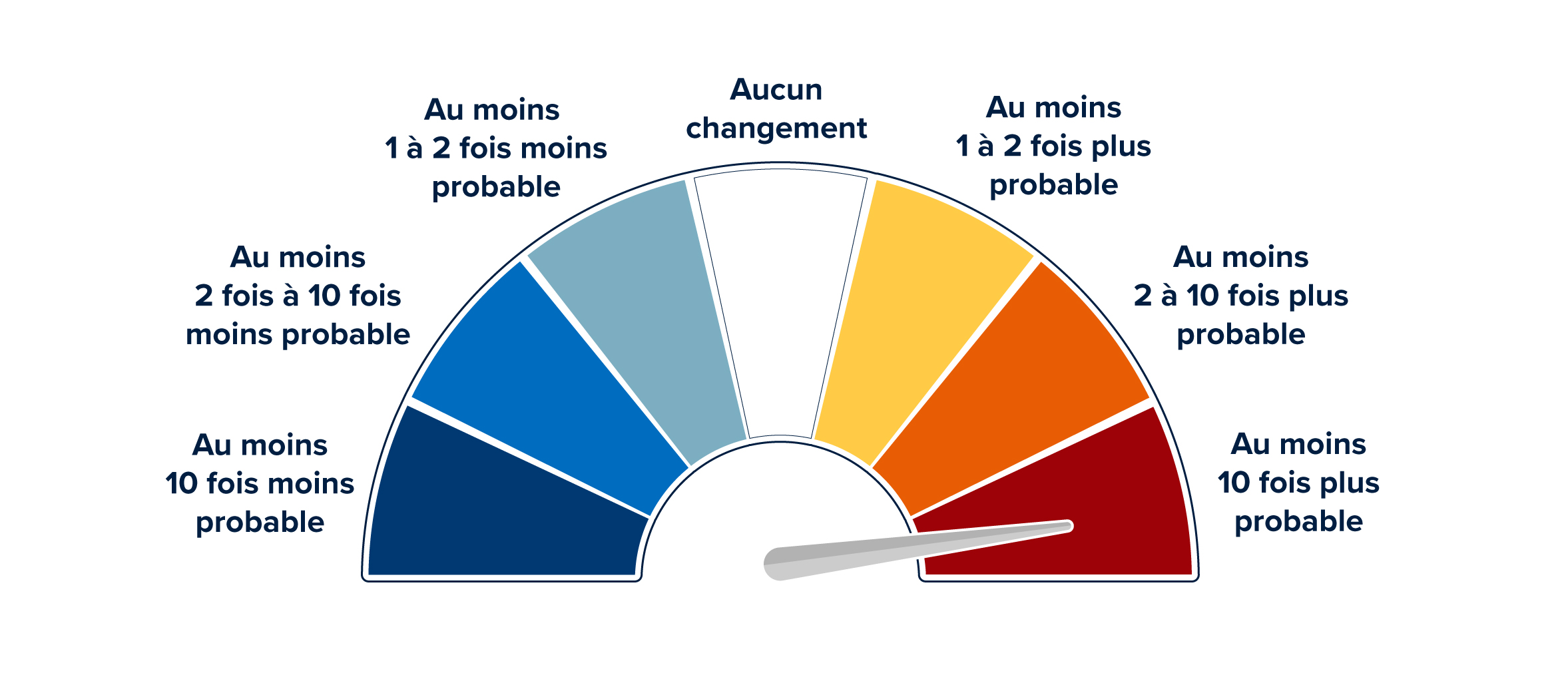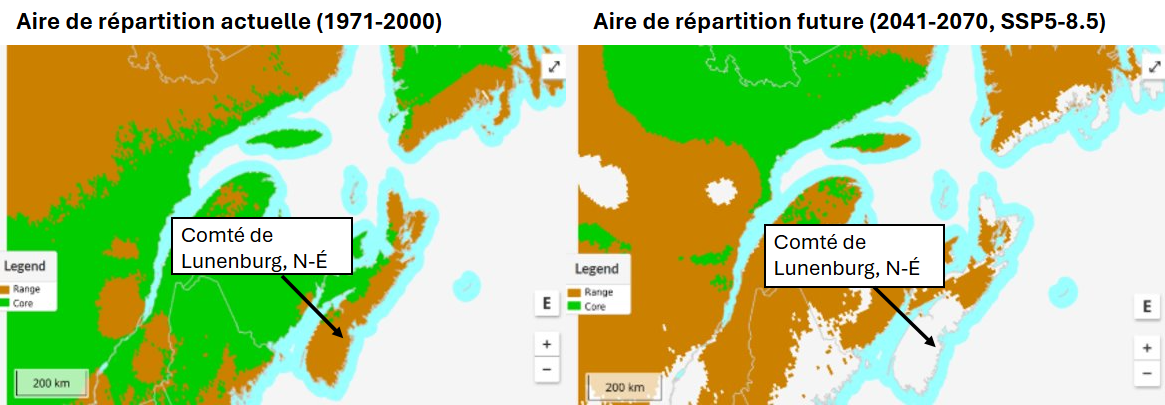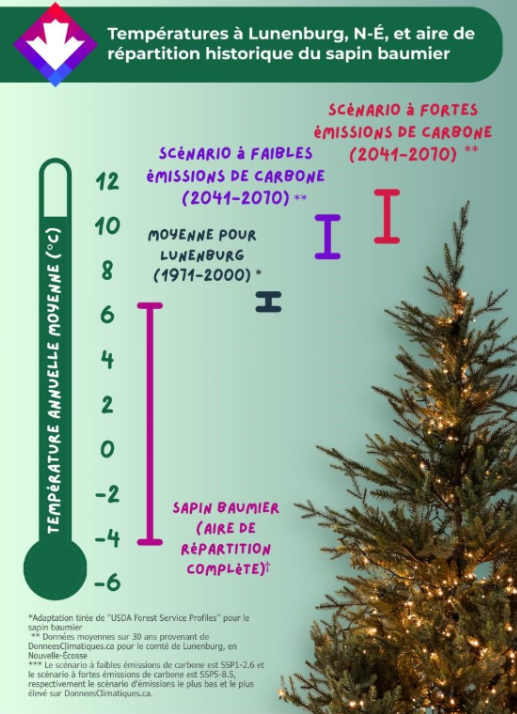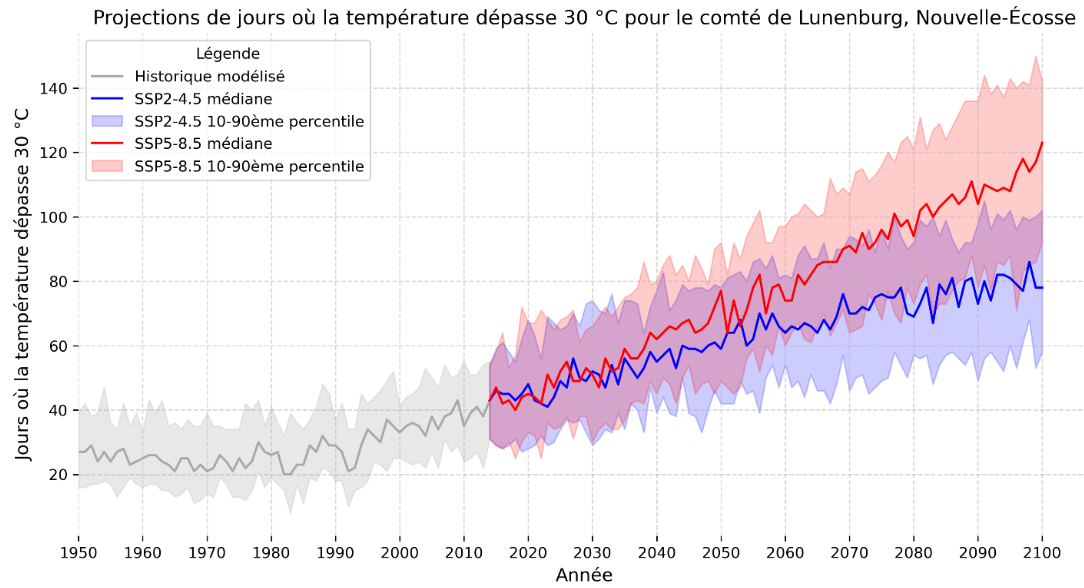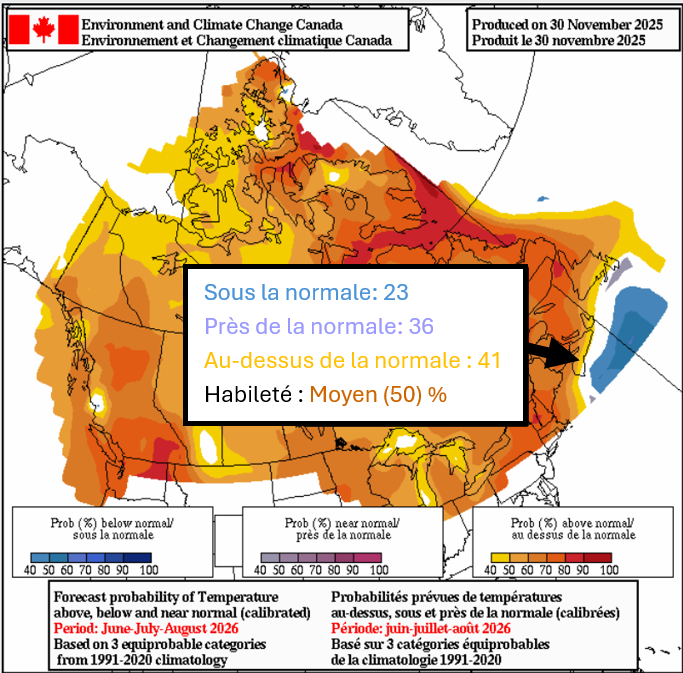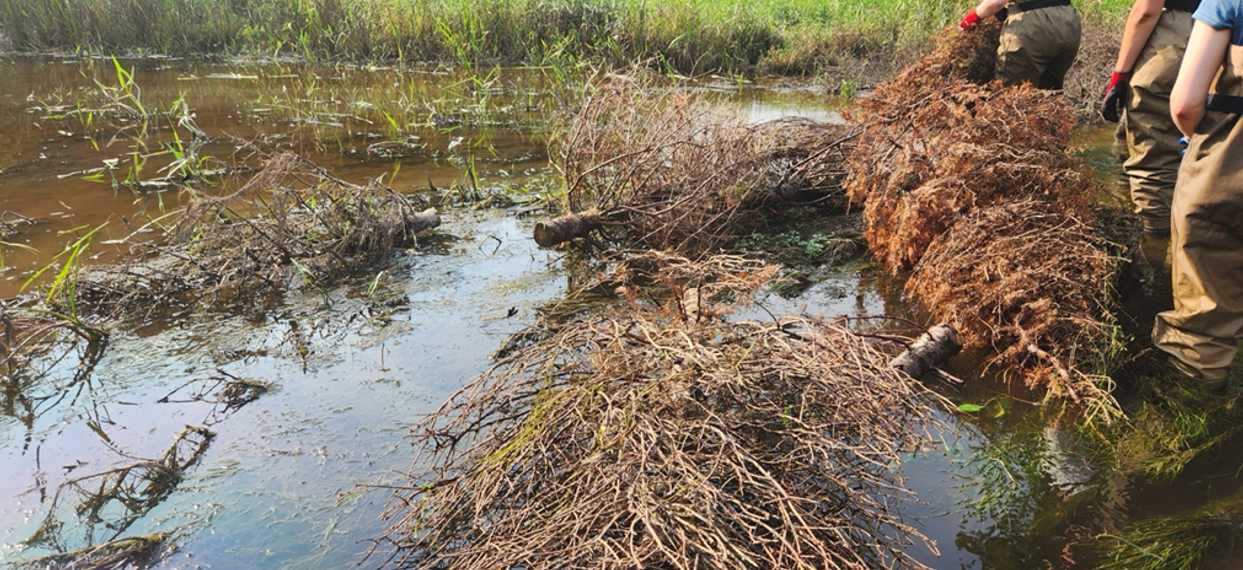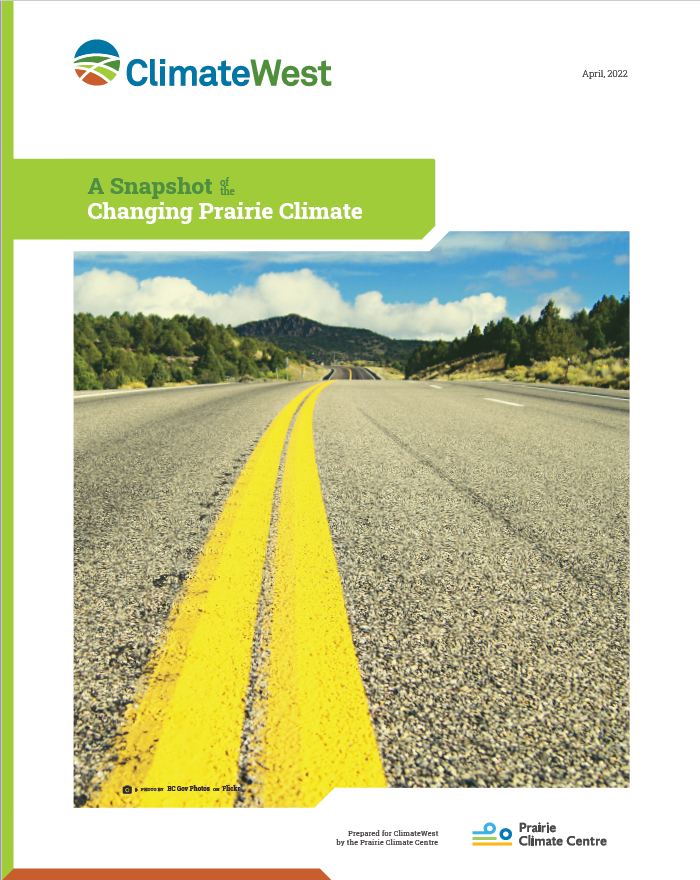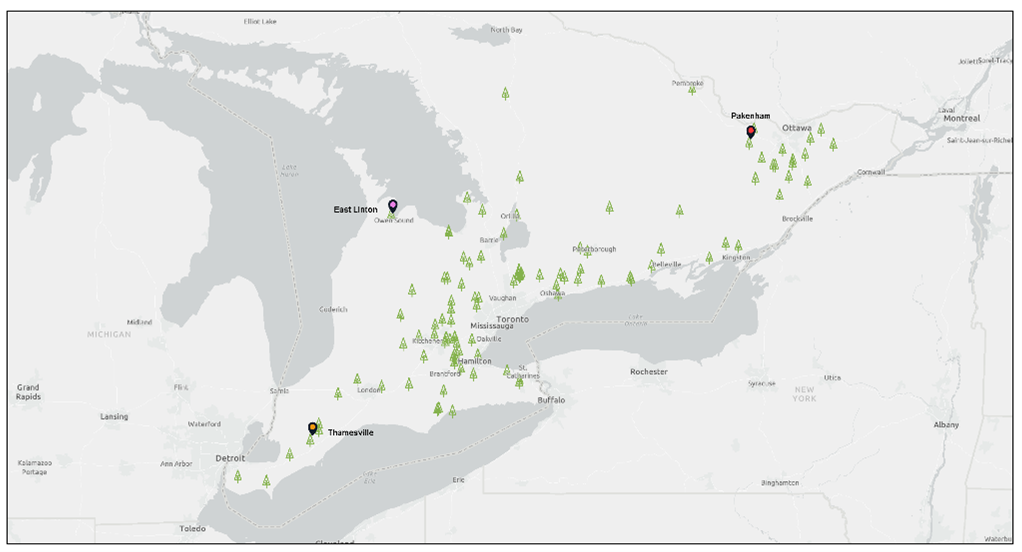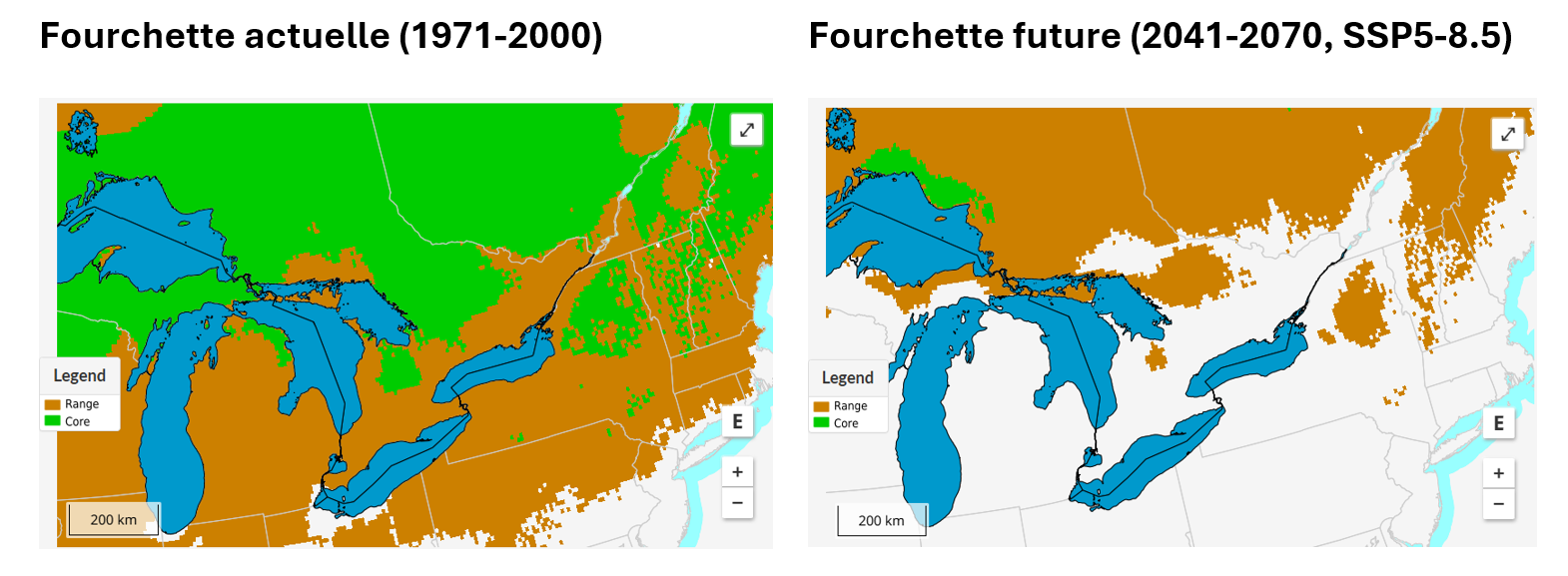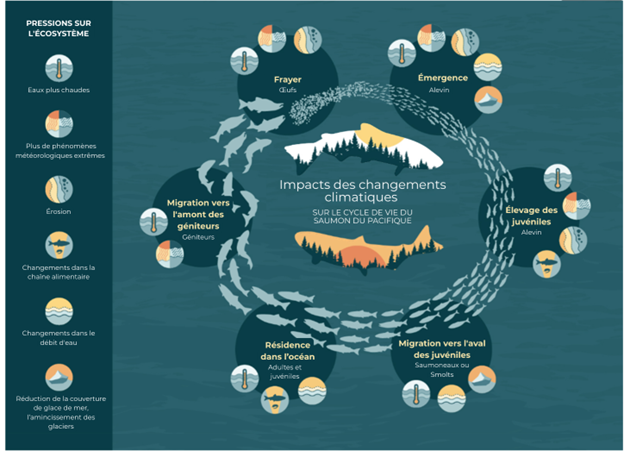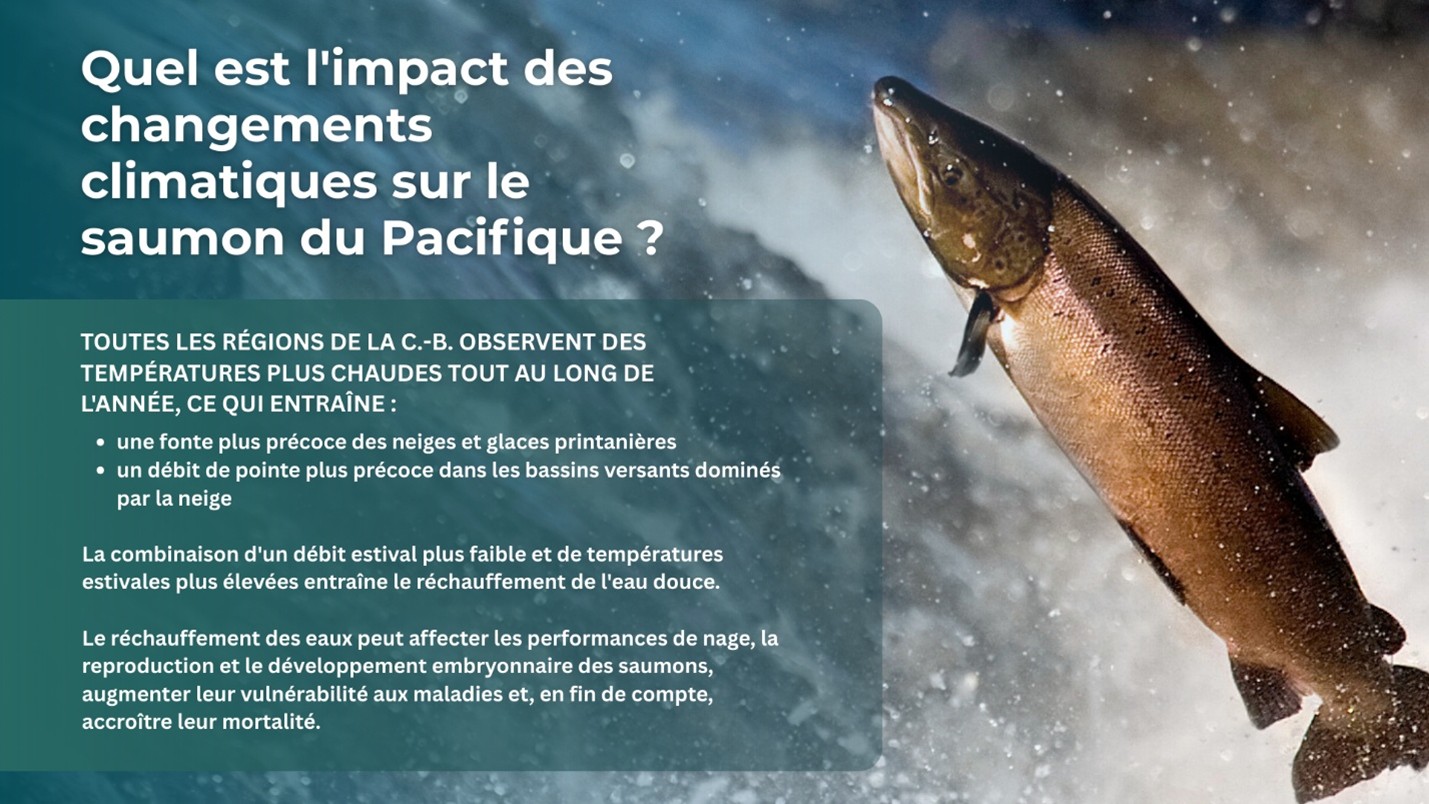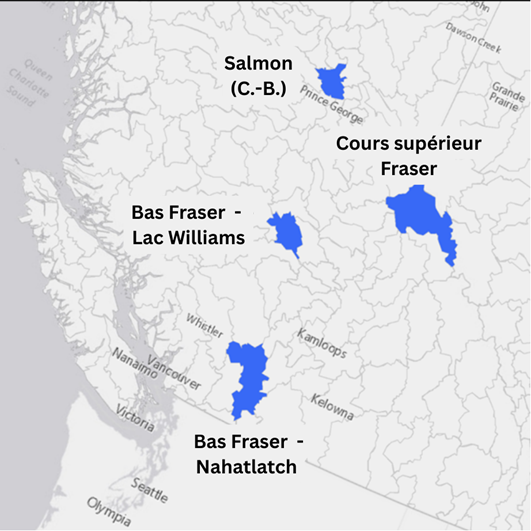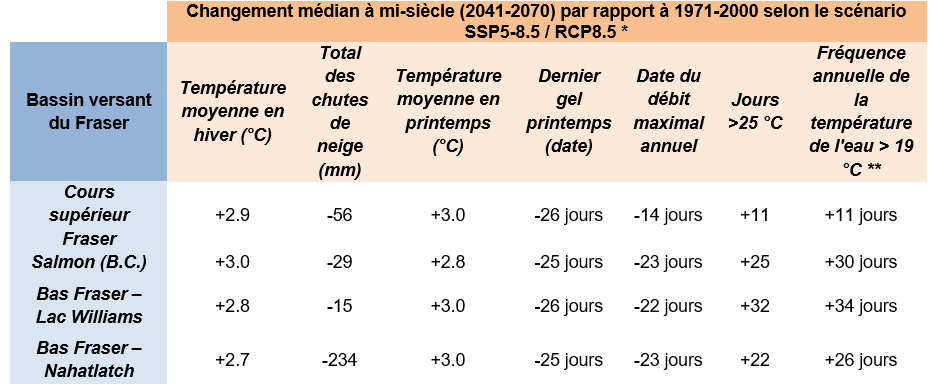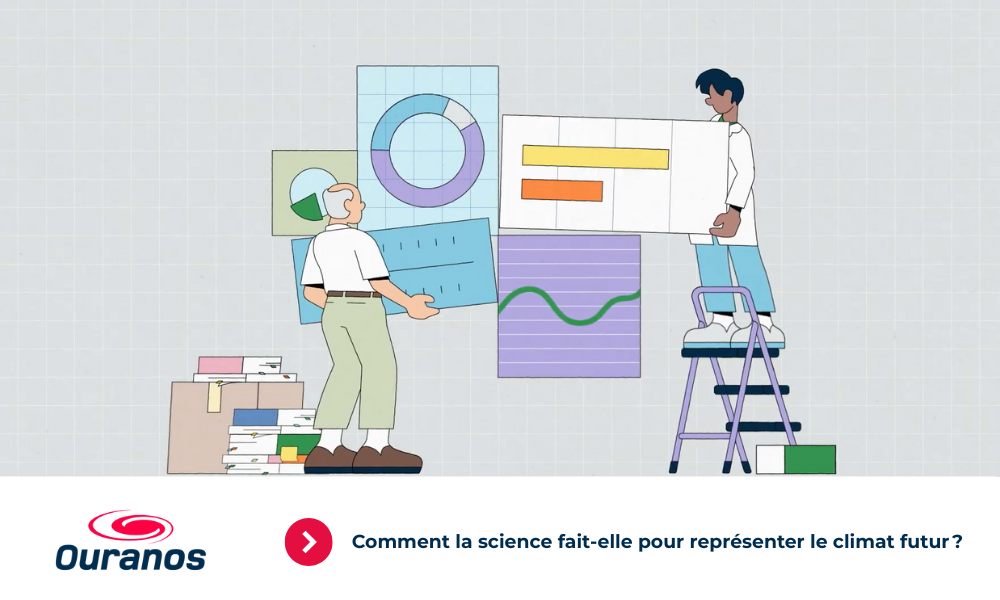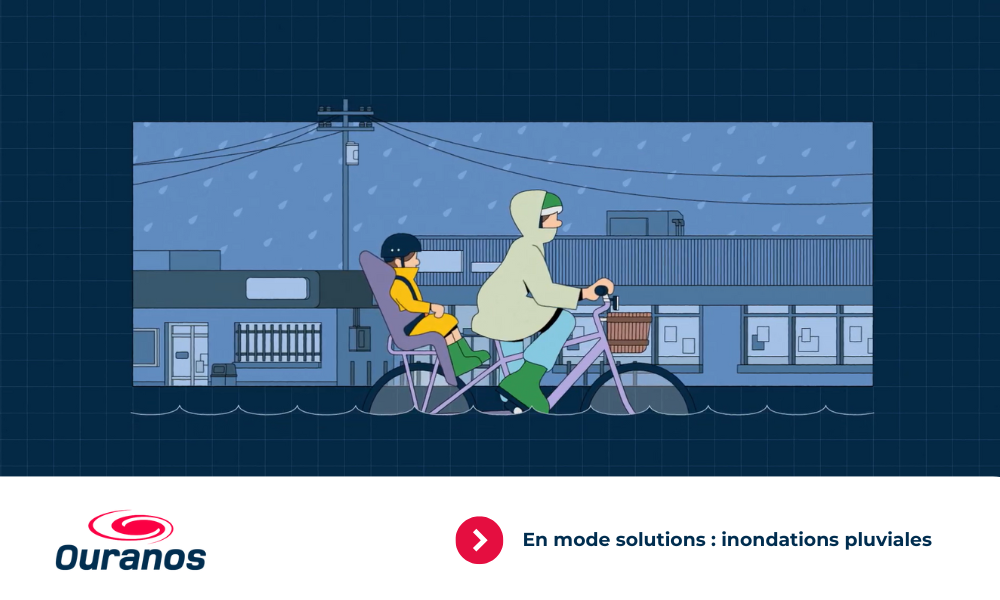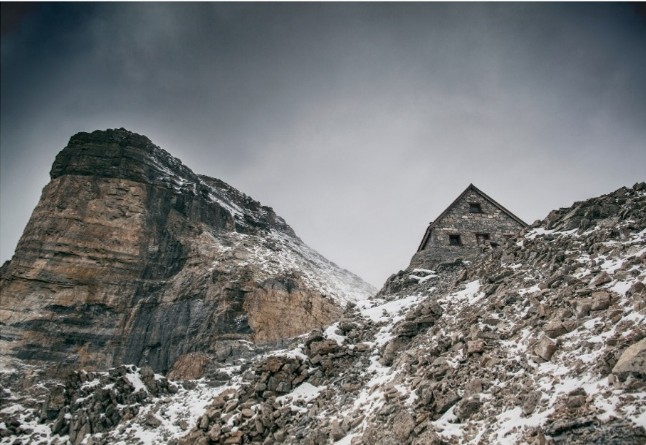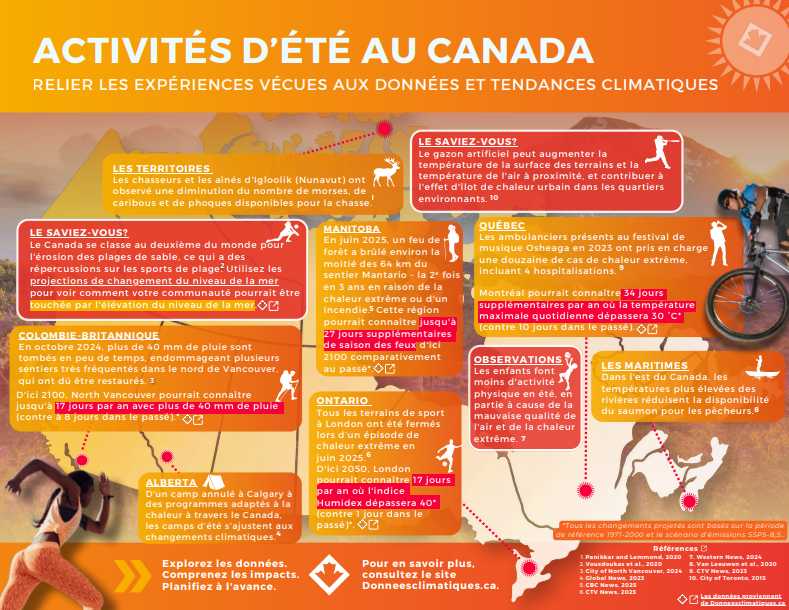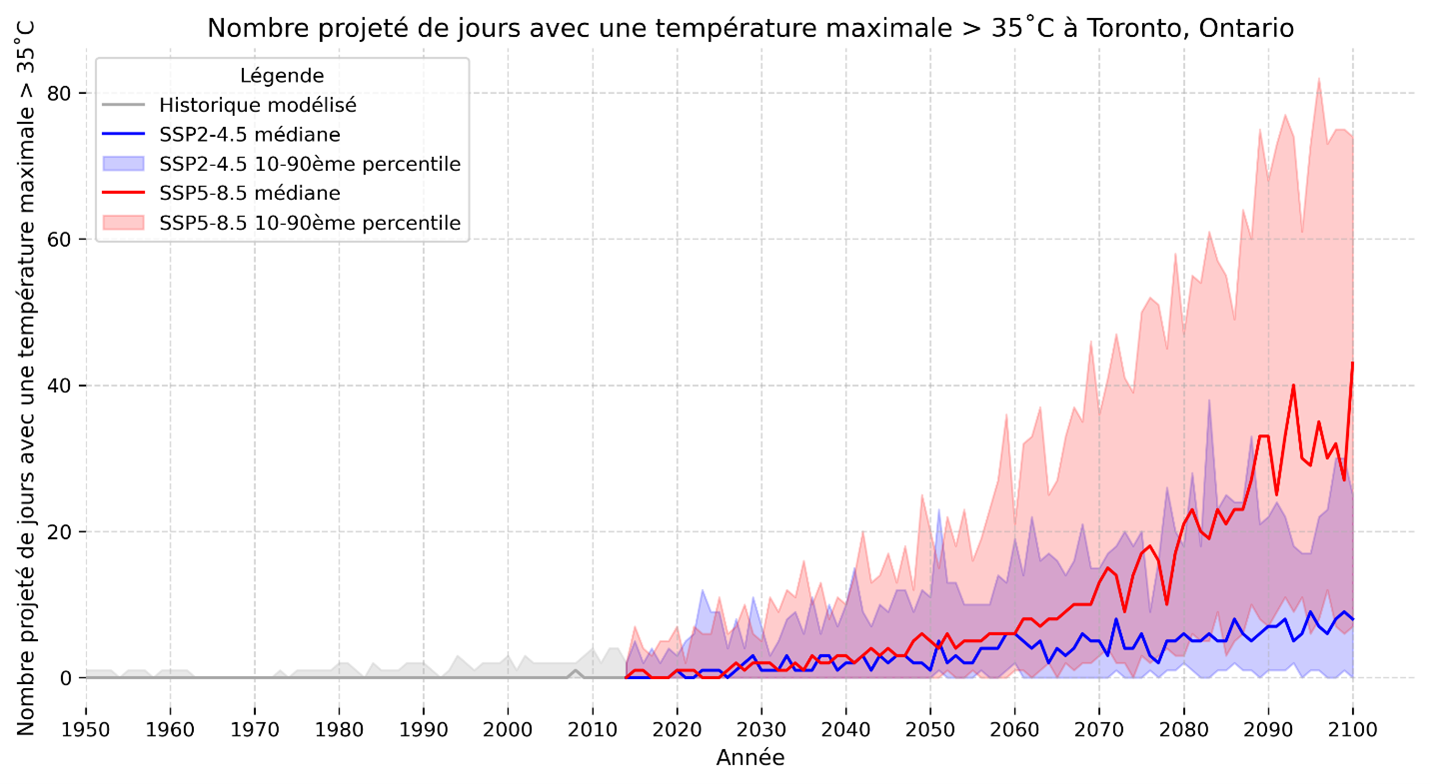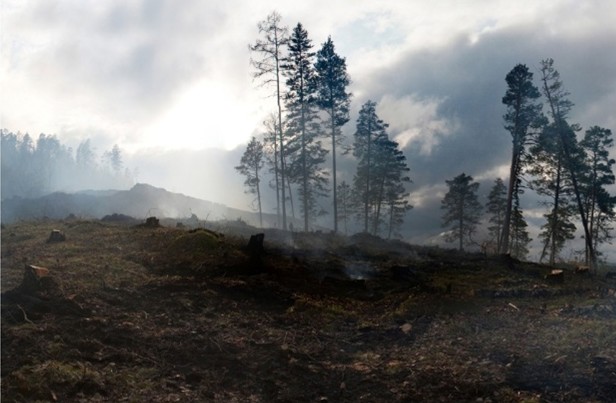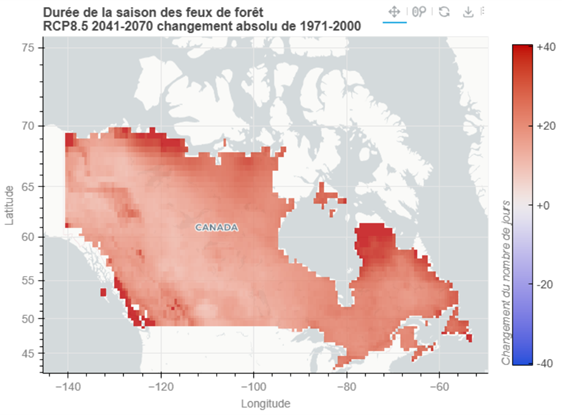[1] Maimann, Kevin. Canadian winter living up to its reputation as Arctic air chills Eastern provinces | CBC News. January 22, 2025; Power restored for most Hydro-Québec clients in Montreal | Montreal Gazette. January 22, 2025; Jerrett, Andrea. Edmundston mayor frustrated by power outages amid cold snap. January 22, 2025; Fowler, Shane. Thousands without power in Edmundston area during cold snap | CBC News. January 21, 2025.
[2] Meredith M, Sommerkorn M, Cassotta S, Derksen C, Ekaykin A, Hollowed A, Kofinas G, Mackintosh A, Melbourne-Thomas J, Muelbert MMC, Ottersen G, Pritchard H, Schuur EAG (2019): Polar Regions. In: IPCC Special Report on the Ocean and Cryosphere in a Changing Climate [Eds. Pörtner H-O, Roberts DC, Masson-Delmotte V, Zhai P, Tignor M, Poloczanska E, Mintenbeck K, Alegría A, Nicolai M, Okem A, Petzold J, Rama B, Weyer NM].pp. 203-320. https://www.ipcc.ch/srocc/
[3] Miller GH, Lehman SJ, Refsnider KA, Southon JR, Zong (2013): Unprecedented recent summer warmth in Arctic Canada. Geophysical Research Letters 40: 5745-5751. https://doi.org/10.1002/2013GL057188; https://www.noaa.gov/news/2019-was-2nd-hottest-year-on-record-for-earth-say-noaa-nasa
[4] Zhang X, Flato G, Kirchmeier-Young M, Vincent L, Wan H, Wang X, Rong R, Fyfe J, Li G, Kharin VV (2019): Changes in Temperature and Precipitation Across Canada. Chapter 4 in: Canada’s Changing Climate Report [Eds. Bush E, Lemmen DS]. Government of Canada, Ottawa, Ontario, pp 112-193. http://www.changingclimate.ca/CCCR2019
[5] Kug J-S, Jeong J-H, Jang Y-S, Kim B-M, Folland CK, Min S-K, Son S-W (2015): Two distinct influences of Arctic warming on cold winters over North America and East Asia. Nature Geoscience 8: 759-762. https://doi.org/10.1038/ngeo2517
[6] Zhang X, Flato G, Kirchmeier-Young M, Vincent L, Wan H, Wang X, Rong R, Fyfe J, Li G, Kharin VV (2019): Changes in Temperature and Precipitation Across Canada. Chapter 4 in: Canada’s Changing Climate Report [Eds. Bush E, Lemmen DS]. Government of Canada, Ottawa, Ontario, pp 112-193. http://www.changingclimate.ca/CCCR2019
[7] Collins M, Knutti R, Arblaster J, Dufresne J-L, Fichefet T, Friedlingstein P, Gao X, Gutowski WJ, Johns T, Krinner G, Shongwe M, Tebaldi C, Weaver AJ, Wehner M (2013): Long-term climate change: projections, commitments and irreversibility. In: Climate Change 2013: The Physical Science Basis; Contribution of Working Group I to the Fifth Assessment Report of the Intergovernmental Panel on Climate Change [Stocker TF, Qin D, Plattner G-K, Tignor M, Allen SK, Boschung J, Nauels A, Xia Y, Bex V, Midgley PM (Eds)]. Cambridge University Press, Cambridge, United Kingdom and New York, NY, USA; p. 1029–1136. https://www.ipcc.ch/site/assets/uploads/2018/02/WG1AR5_Chapter12_FINAL.pdf
[8] Lee SH (2019): Wintertime North American Weather Regimes and the Arctic Stratospheric Polar Vortex. Geophysical research Letters 46: 14892-14900
[9] Meredith M, Sommerkorn M, Cassotta S, Derksen C, Ekaykin A, Hollowed A, Kofinas G, Mackintosh A, Melbourne-Thomas J, Muelbert MMC, Ottersen G, Pritchard H, Schuur EAG (2019): Polar Regions. In: IPCC Special Report on the Ocean and Cryosphere in a Changing Climate [Eds. Pörtner H-O, Roberts DC, Masson-Delmotte V, Zhai P, Tignor M, Poloczanska E, Mintenbeck K, Alegría A, Nicolai M, Okem A, Petzold J, Rama B, Weyer NM].pp. 203-320. https://www.ipcc.ch/srocc/
[10] Pedersen RA, Cvijanovic I, Langen PL, Vinther BM (2016): The Impact of Regional Arctic Sea Ice Loss on Atmospheric Circulation and the NAO. Journal of Climate 29: 889-902. https://doi.org/10.1175/JCLI-D-15-0315.1
[11] Tang Q, Zhang X, Yang X, Francis JA (2013): Cold winter extremes in northern continents linked to Arctic sea ice loss. Environmental Research Letters 8. https://doi.org/10.1088/1748-9326/8/1/014036
[12] Wallace JM, Held IM, Thompson DWJ, Trenberth KE, Walsh JE (2014): Global Warming and Winter Weather. Science 343: 729-730. DOI: 10.1126/science.343.6172.729; Meredith M, Sommerkorn M, Cassotta S, Derksen C, Ekaykin A, Hollowed A, Kofinas G, Mackintosh A, Melbourne-Thomas J, Muelbert MMC, Ottersen G, Pritchard H, Schuur EAG (2019): Polar Regions. In: IPCC Special Report on the Ocean and Cryosphere in a Changing Climate [Eds. Pörtner H-O, Roberts DC, Masson-Delmotte V, Zhai P, Tignor M, Poloczanska E, Mintenbeck K, Alegría A, Nicolai M, Okem A, Petzold J, Rama B, Weyer NM].pp. 203-320. https://www.ipcc.ch/srocc/
[13] Derksen C, Burgess D, Duguay C, Howell S, Mudryk L, Smith S, Thackeray C, Kirchmeier-Young M (2018): Changes in snow, ice, and permafrost across Canada. Chapter 5 in Canada’s Changing Climate Report [Eds. Bush E, Lemmen DS]. Government of Canada, Ottawa, Ontario, pp 194-260. http://www.changingclimate.ca/CCCR2019
[14] Larsen JN, Anisimov OA, Constable A, Hollowed AB, Maynard N, Prestrud P, Prowse TD Stone JMR (2014): Polar regions. In: Climate Change 2014: Impacts, Adaptation, and Vulnerability. Part B: Regional Aspects. Contribution of Working Group II to the Fifth Assessment Report of the Intergovernmental Panel on Climate Change [Barros VR, Field CB, Dokken DJ, Mastrandrea MD, Mach KJ, Bilir TE, Chatterjee M, Ebi KL, Estrada YO, Genova RC, Girma B, Kissel ES, Levy AN, MacCracken S, Mastrandrea PR, White LL (Eds.)]. Cambridge University Press, Cambridge, United Kingdom and New York, NY, USA, pp. 1567-1612.
